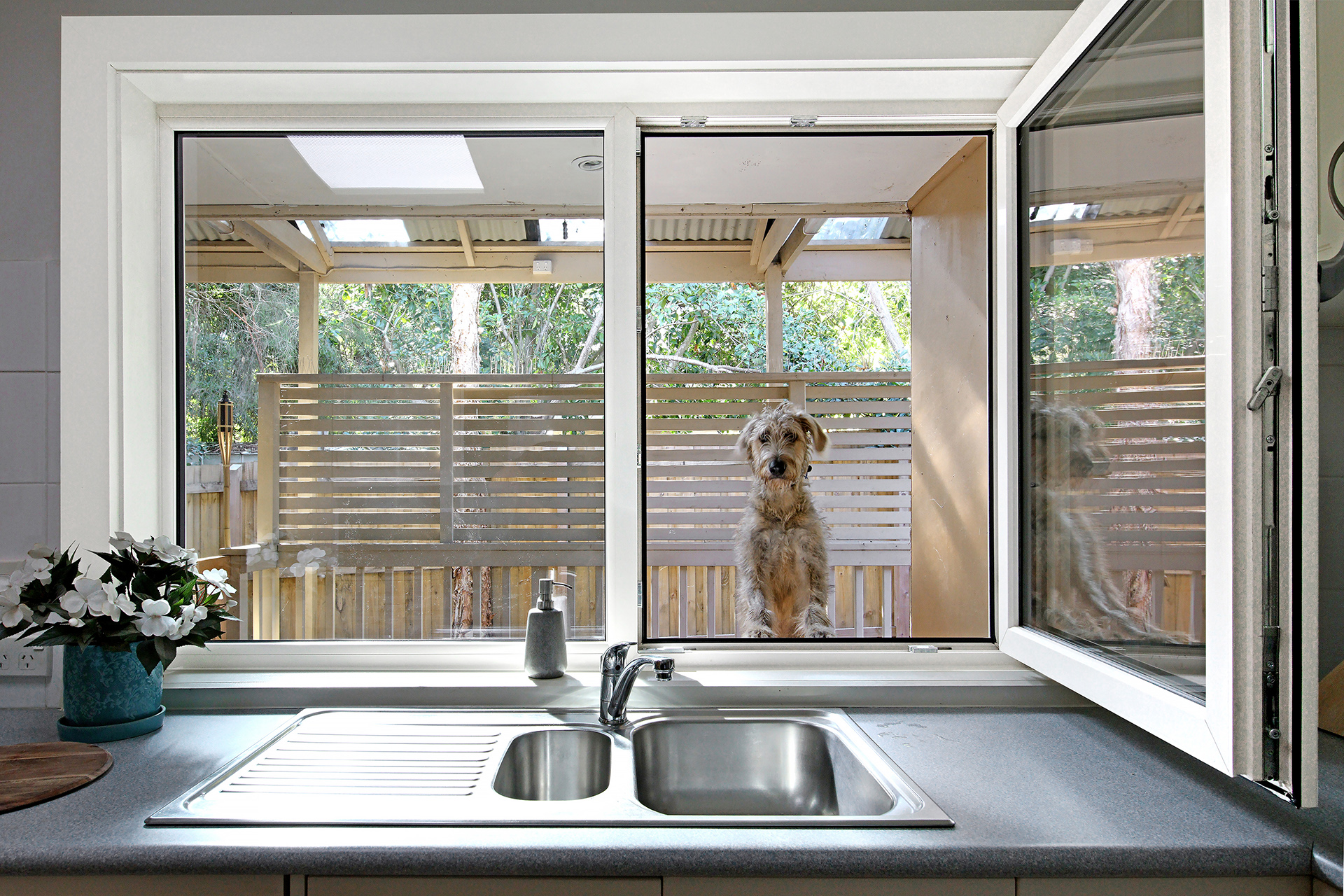All Categories
Featured
Table of Contents
The Science Behind Double Glazed Windows in Swan View Western Australia
Glazing just indicates the windows in your house, including both openable and set windows, as well as doors with glass and skylights. Glazing in fact just indicates the glass part, but it is typically used to refer to all elements of an assembly consisting of glass, movies, frames and home furnishings. Taking notice of all of these elements will help you to accomplish reliable passive style.

Energy-efficient glazing makes your home more comfortable and dramatically decreases your energy costs. Nevertheless, unsuitable or inadequately developed glazing can be a major source of unwanted heat gain in summer season and substantial heat loss and condensation in winter. As much as 87% of a house's heating energy can be gained and up to 40% lost through windows.
Guide To Double Glazing – Functional And Energy Efficient in Calista WA
Glazing is a substantial financial investment in the quality of your house. An initial investment in energy-efficient windows, skylights and doors can considerably decrease your yearly heating and cooling costs.

This tool compares window selections to a base level aluminium window with 3mm clear glass. Understanding a few of the crucial properties of glass will help you to select the very best glazing for your home. Secret residential or commercial properties of glass Source: Adjusted from the Australian Window Association The amount of light that travels through the glazing is known as visible light transmittance (VLT) or noticeable transmittance (VT).
Climateframe Double Glazing: Perth's Double Glazed ... in Palmyra Perth
The U worth for windows (expressed as Uw), describes the conduction of the whole window (glass and frame together). The lower the U worth, the greater a window's resistance to heat circulation and the much better its insulating value.
If your house has 70m2 of glazing with aluminium frames and clear glass with a U worth of 6. 2W/m2 C, on a winter's night when it is 15C chillier outside compared with inside your home, the heat loss through the windows would be: 6. 2 15 70 = 6510W That is equivalent to the total heat output of a big space gas heating unit or a 6.
Why Do You Need Double Glazing Windows In Summer? in Maddington Perth

If you pick a window with half the U worth (3. 1W/m2 C) (for example, double glazing with an argon-filled space and less-conductive frames), you can halve the heat loss: 3. 1 15 70 = 3255W The solar heat gain coefficient (SHGC) for windows (expressed as SHGCw) determines how easily heat from direct sunshine flows through a whole window (glass and frame together).
The lower a window's SHGC, the less solar heat it transmits to the home interior. The actual SHGC for windows is affected by the angle that solar radiation strikes the glass.
What Are The Benefits Of Double Glazed Windows? in Byford WA
When the sun is perpendicular (at 90) to the glass, it has an angle of occurrence of 0 and the window will experience the optimum possible solar heat gain. The SHGC declared by glazing makers is always calculated as having a 0 angle of incidence. As the angle increases, more solar radiation is shown, and less is transferred.
Latest Posts
Fitting A Cabin In Your Garden? Get Double Glazing Fitted Too in Forrestdale WA
Why Is Double Glazing So Important In Winter? in Highgate Perth
Best Glass For Double Glazing in Gwelup Perth